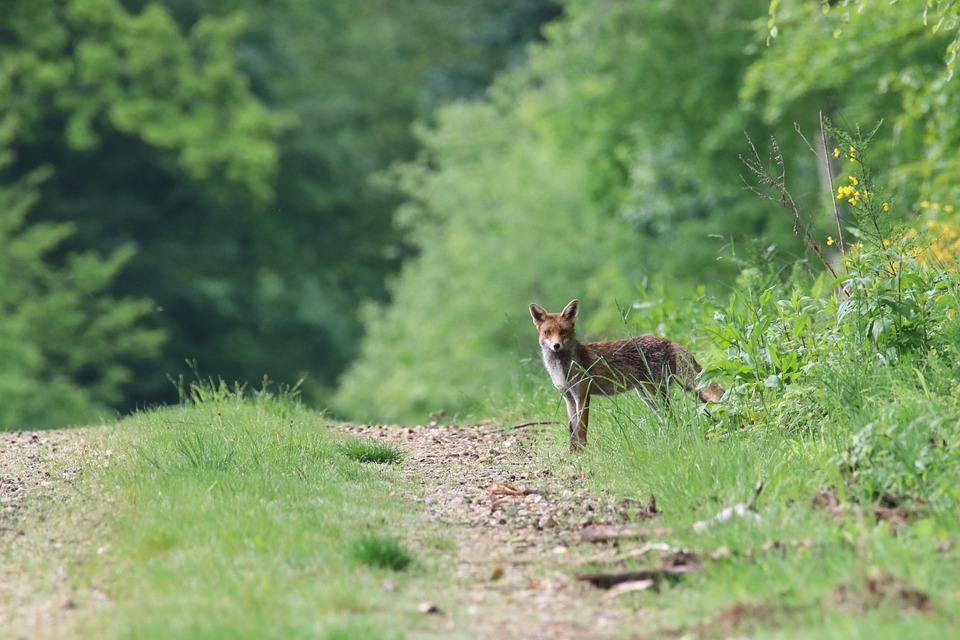Title: Ecosystem Extravaganza: The Hidden Wonders of Desert Biomes
Image: A breathtaking, panoramic view of a desert landscape showcasing diverse flora, fauna, and amazing natural features.
Introduction:
Deserts are often depicted as endless expanses of glaring sand and oppressive heat, but beneath this superficial understanding lies an exquisite biodiversity and an extremely intricate ecosystem. The varying landscapes within desert biomes support a wide array of flora and fauna, creating something of an Ecosystem Extravaganza. In this article, we delve into the fascinating world of desert biomes, exploring their wondrous complexities and the life forms that call them home.
Diversity within the Daunting Dunes:
From the imposing mountains of the Mojave Desert to the golden sand dunes of the Sahara, deserts are not as barren as they are often perceived. They boast a remarkable range of biodiversity, with more than 10,000 species of plants and over 1,000 animal species thriving in these harsh conditions.
Adaptation at its Peak:
The intensely arid environment of desert biomes has led to some incredible cases of adaptation. Many desert-dwelling plants, for example, have evolved to store water in their stems, leaves or roots – perfect examples are the cacti and succulents. The desert-adapted fauna have developed unique survival tools too. The Fennec fox has furry feet to insulate against hot sand, while the thorny devil lizard collects water from sand surfaces on its body. Survival is truly creative in these harsh environs.
Hidden Life Gleams amidst the Sand:
Despite conditions being less than ideal, a complex web of interconnected life sparkles in the desert. The nocturnal lifestyle many desert creatures adopt to avoid the punishing daytime heat allows them to explore and feast on available food resources like insects, plants, and mice. Various bird species like the Phainopepla find shelter and nesting sites in desert vegetation, while small rodents and insects carve out their homes inside abandoned rodent burrows.
Wondrous Realm of the Desert Microorganisms:
There is an unseen universe bustling under the seemingly barren desert surfaces, dominated by microorganisms like bacteria, fungi, and algae. They play vital roles in various ecosystem processes such as mineral cycling, breakdown of organic matter, and supporting soil structure.
The Significance of Desert Biomes:
Despite lacking the density of tropical rainforests, desert biomes are essential in supporting a unique ecological niche. Within them lie several minerals and natural resources like petroleum, natural gas, and metals, which are invaluable for our modern civilization.
In conclusion, the desert biome is an Ecosystem Extravaganza. The diverse landscape, remarkable creature adaptations, and the hidden universe beneath the sands all contribute to the unique world that is a desert biome. It reminds us of the incredible resilience of life and its ability to adapt and thrive in even the harshest environments.
FAQs:
1. What is a desert biome?
Answer: A desert biome is a type of ecosystem characterized by extremely low rainfall, which can be hot or cold, and sparsely vegetated.
2. Are deserts always hot?
Answer: No, deserts can be either hot or cold. While we commonly associate deserts with scorching temperatures, the Gobi Desert in Mongolia and the Mojave Desert in the United States can experience freezing winters.
3. How have animals adapted to desert life?
Answer: Animals in the desert have developed various adaptations to survive the harsh conditions. These include being nocturnal to avoid daytime heat, burrowing, storing water, growing a protective layer of fat or fur, and developing physical features for obtaining and conserving water.
4. Can plants survive in the desert?
Answer: Yes, many plants have adapted to survive in desert conditions. Most have special abilities to store water, some can withstand drought by going dormant, and others have evolved to have smaller, more efficient surfaces for absorbing light.
5. Why do deserts have such diverse ecosystems?
Answer: Despite their harsh conditions, deserts are home to unique and diverse ecosystems because of their isolation and evolution. Different animals and plants have evolved specialized adaptations to survive here, resulting in the creation of unique life forms not seen elsewhere.
6. How do desert microorganisms help in the ecological system?
Answer: Desert microorganisms play a critical role in desert ecosystems. They help decompose dead organic materials returning nutrients to the soil, contribute to soil structure, and some form symbiotic relationships with plants, aiding in their nutrient uptake.
Remember, the next time you think about desert biomes, picture not just the harsh and barren sands but also the incredible ecosystems that thrive within.



